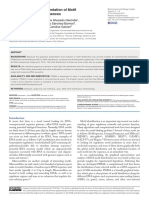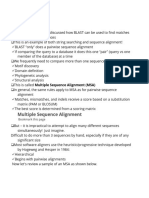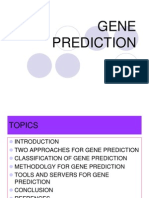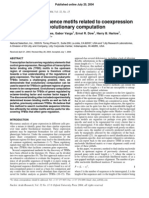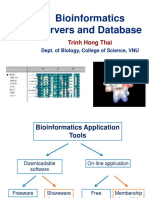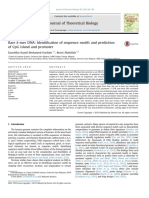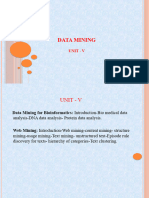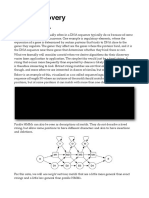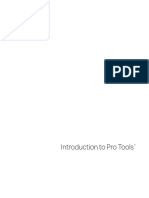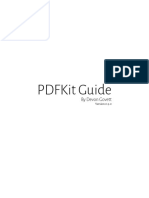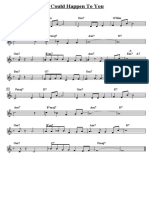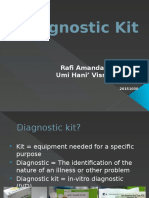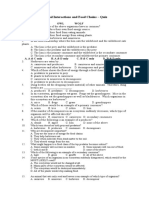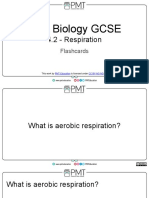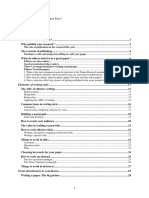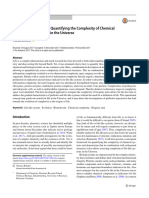0% found this document useful (0 votes)
104 views24 pagesTools For Motif and Pattern Searching: Prat Thiru
This document discusses tools for motif and pattern searching in biological sequences. It defines motifs as conserved regions in protein or DNA sequences. It describes different algorithms used for motif searching including enumeration, probabilistic optimization, and deterministic optimization. It provides an overview of several popular motif searching programs including MEME, MAST, AlignAce, Gibbs Motif Sampler, and others. It also outlines typical workflow and strategies for motif analysis.
Uploaded by
Daniel MokCopyright
© © All Rights Reserved
We take content rights seriously. If you suspect this is your content, claim it here.
Available Formats
Download as PDF, TXT or read online on Scribd
0% found this document useful (0 votes)
104 views24 pagesTools For Motif and Pattern Searching: Prat Thiru
This document discusses tools for motif and pattern searching in biological sequences. It defines motifs as conserved regions in protein or DNA sequences. It describes different algorithms used for motif searching including enumeration, probabilistic optimization, and deterministic optimization. It provides an overview of several popular motif searching programs including MEME, MAST, AlignAce, Gibbs Motif Sampler, and others. It also outlines typical workflow and strategies for motif analysis.
Uploaded by
Daniel MokCopyright
© © All Rights Reserved
We take content rights seriously. If you suspect this is your content, claim it here.
Available Formats
Download as PDF, TXT or read online on Scribd
/ 24












